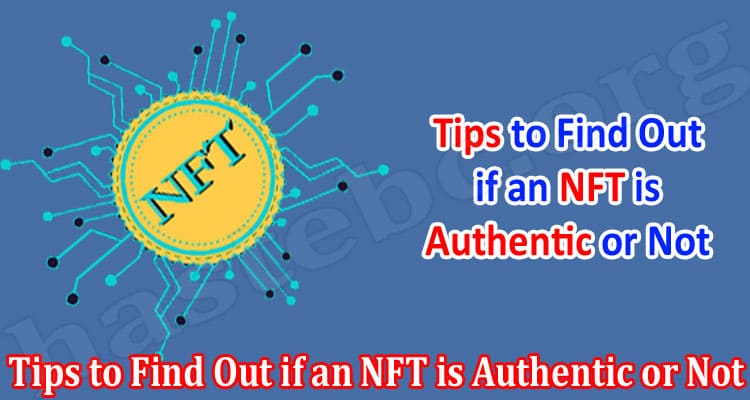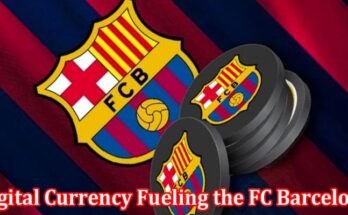NFT is Authentic or Not: Non-fungible tokens are also called NFTs. They are a boon to their creators. These innovative minds may earn from their creations. They need no longer depend upon show events, art galleries, or centralized platforms, to earn. Instead, they are welcome to put up digital treasures for sale. The places of sale are NFT marketplaces across the globe. The treasures include GIFs, songs, tweets, photos, or films. Furthermore, at this site they will guide you on what is right and legit NFT.
The snag is that it is difficult to comprehend if any treasure is genuine or not. What if it is merely a copy downloaded from the Internet? The purchaser would have paid with cryptocurrencies. Fortunately, for every crypto enthusiast, there is a solution. It is possible to distinguish between genuine and fake NFTs.
Proof of Fake NFTs
The following, real-life incident, should serve to convince even the skeptics.
Hackers and cybercriminals have crookedly intelligent mindsets. Furthermore, they are always on the watch!
There is a top-class street artist, who desires to remain anonymous. He is known to the public as Banksy. He specializes in graffiti artwork. Of course, he displays his work on public services, which is against the law. Regardless, he is highly popular.
The artist has not yet made an entry into the NFT sector. Yet, something happened, which brought him into prominence. A Bansky picture appeared on his website last year. The exact date was September 1, 2021. The artwork was attached to a listing. The listing was that of an NFT marketplace.
This picture was titled – Great Redistribution of the Climate Change Disaster. It was like another artwork – CryptoPunks. CryptoPunks refers to a reputed NFT collection.
The controller of the listing was OpenSea. It is amongst the largest, online NFT markets. The company did not suspect anything. The sale went ahead, with Banksy’s painting fetching 100 Ether. These coins were worth over $300,000, then.
Later, it was discovered that Banksy had not enrolled for the listing at all. No one else in his family, team, or friends, had been involved either.
Therefore, it is imperative to learn tips and tricks that would help in validating the genuineness of NFTs.
Tips for Testing Authenticity of NFTs
It is not at all difficult. There are ways to verify both, non-fungible, and fungible, digital assets. It is because all tokens are connected to their respective transaction log and metadata. These connections are verifiable.
Transaction Log
To illustrate, every NFT can supply information about its minting. For instance, there would be a specific day that its minting took place. Investigators would also be able to gain information about the NFT’s creator. Then again, how many times did it receive a flipping? Finally, there would be information about the person responsible for each flipping. The transaction log suffices to offer all information about any specific NFT.
Metadata
It is possible to track everything from its birth to current availability. The availability is on a blockchain. Details of the blockchain are displayed on the blockchain’s metadata.
The metadata focuses on what exactly constitutes the concerned NFT. Details, like owner’s name, name of the asset, and its rarity, are on display. Organizing the metadata should serve to make the authentication process faster and simpler. Towards this end, Etherscan (for blockchain), or Solana explorer (for NFT), may prove useful.
Other Precautions
- It is important that the owner’s wallet address matches the address of the NFT’s storage space.
- It would be worthwhile to check everything about a digital treasure over the Net. The right keywords in search engines can take the investigator to the right information.
- The purchaser had better browse diverse social media channels. He/she is bound to come across something on YouTube, Facebook, Twitter, etc. Creators do publish information about themselves and their work, everywhere. This way, the purchaser would be able to identify a genuine creator and a catfisher (steals identities).
- Frauds strive to sell work on different platforms, simultaneously. It would be good to pursue them. A genuine creator stays with a single platform.
- If the listing points towards a low price, it should awaken apprehensions. Artwork that is unminted, is generally costly. Rare/antique works are even more expensive.




